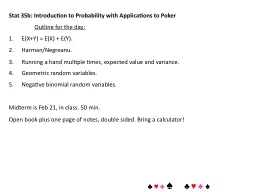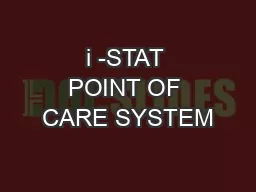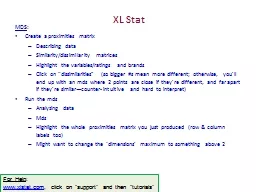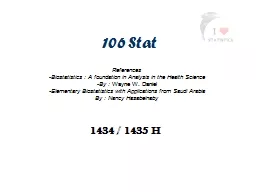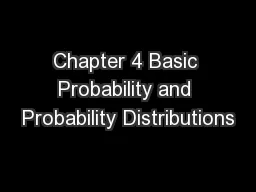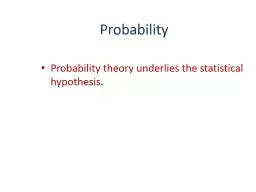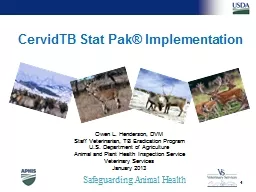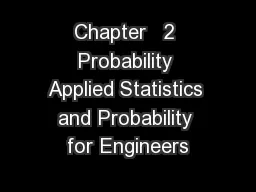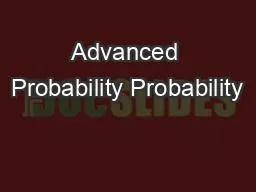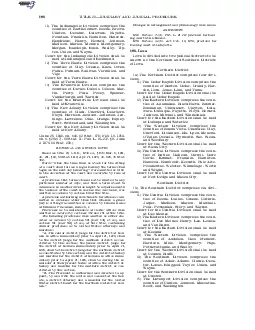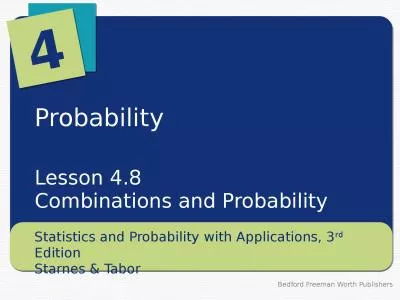PPT-Stat 35b: Introduction to Probability with Applications to
Author : tatiana-dople | Published Date : 2018-01-05
Outline for the day EXY EX EY HarmanNegreanu Running a hand multiple times expected value and variance Geometric random variables Negative binomial random variables
Presentation Embed Code
Download Presentation
Download Presentation The PPT/PDF document "Stat 35b: Introduction to Probability wi..." is the property of its rightful owner. Permission is granted to download and print the materials on this website for personal, non-commercial use only, and to display it on your personal computer provided you do not modify the materials and that you retain all copyright notices contained in the materials. By downloading content from our website, you accept the terms of this agreement.
Stat 35b: Introduction to Probability with Applications to: Transcript
Download Rules Of Document
"Stat 35b: Introduction to Probability with Applications to"The content belongs to its owner. You may download and print it for personal use, without modification, and keep all copyright notices. By downloading, you agree to these terms.
Related Documents

